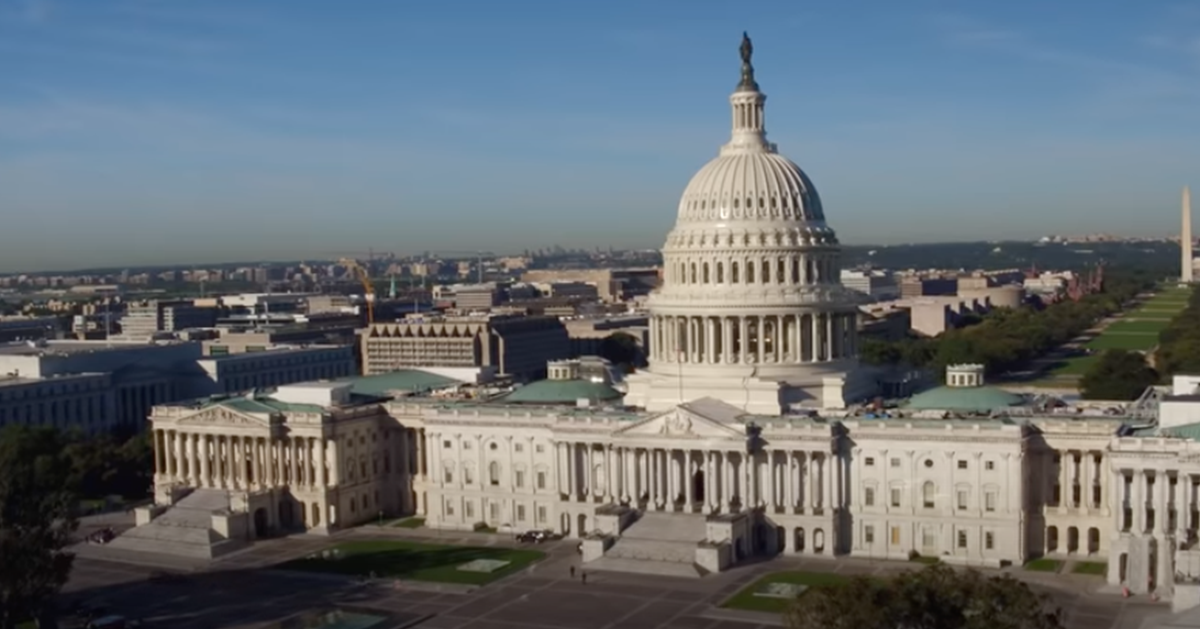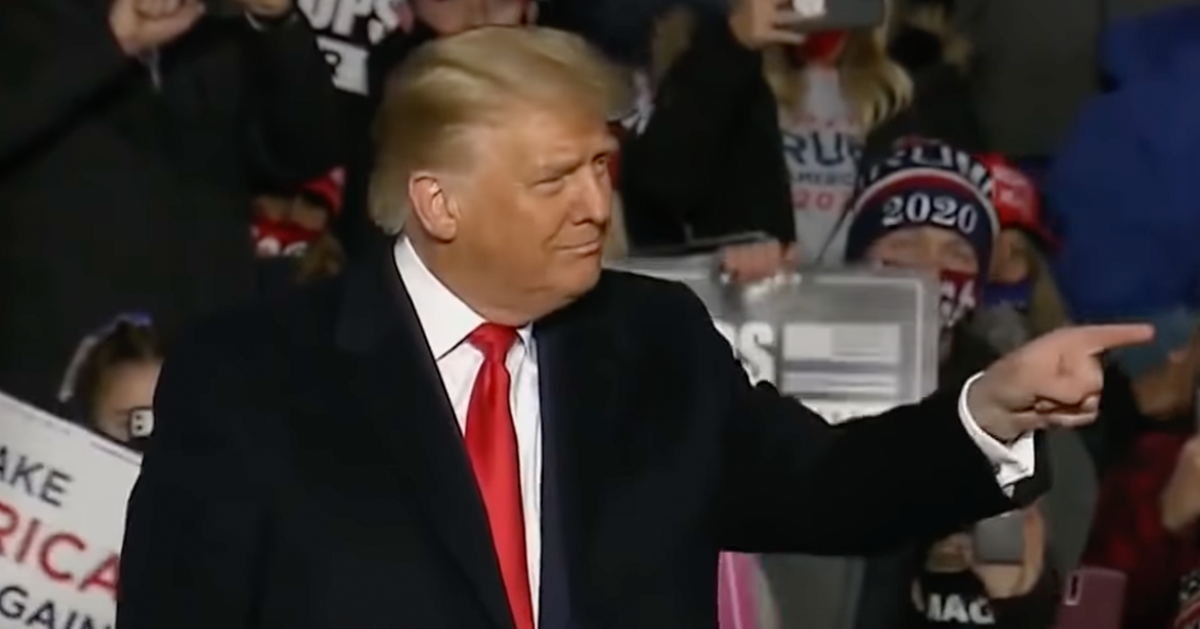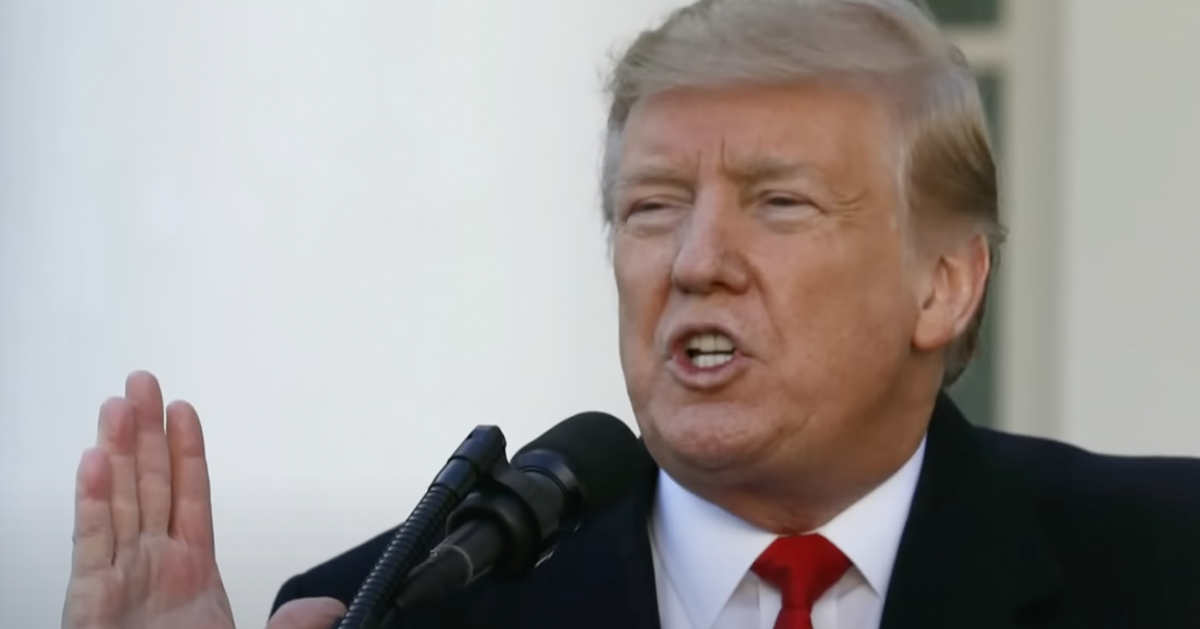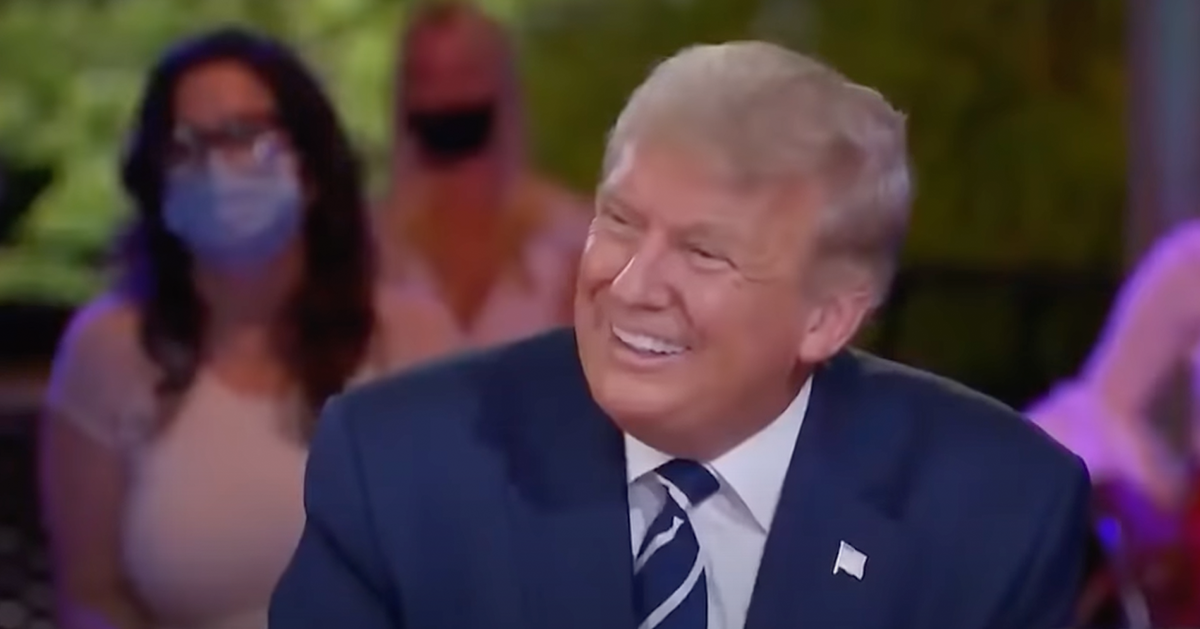Secret Service Declined Offer of Police Drone Before Attack: Whistleblower
The Secret Service’s refusal to utilize local law enforcement's drone technology ahead of a fateful Pennsylvania political rally has led to significant scrutiny following an assassination attempt on former President Donald Trump.
Thomas Matthew Crooks carried out a shooting at the rally, which killed one person and injured multiple others, prompting investigations into the Secret Service’s security measures and leading to the resignation of its director and reports that drone assistance was declined, as the Washington Examiner reports.
Drone Technology Offer Night Before Rally
At a rally in Butler, Pennsylvania, where former President Donald Trump was scheduled to speak, local law enforcement proposed using drone technology to bolster security. This offer was extended to the Secret Service the night before the planned event.
The drone in question was capable of identifying and neutralizing potential threats, a technology that had been seen as potentially safeguarding the high-profile rally. However, the Secret Service objected repeatedly to the use of this advanced technology, opting to rely on their existing security protocols. Unfortunately, these decisions came under intense scrutiny when the worst-case scenario unfolded during the rally.
Whistleblower Brings Issues to Light
Missouri Republican Sen.Josh Hawley received information from an anonymous whistleblower regarding the refusal of the drone offer. The whistleblower disclosed the Secret Service’s firm objections despite the potential benefits of the drone's capabilities.
In a striking turn of events, the whistleblower indicated that after the shooting occurred, the Secret Service shifted its stance and requested local police to deploy drone technology to survey the scene. This last-minute change, however, came too late to prevent the tragedy.
The revelation from the whistleblower has led many, including Senator Hawley, to question the rationale behind the Secret Service's initial refusal.
Details of the Attack
FBI Director Christopher Wray confirmed that two hours before the shooting, Crooks operated a drone over the rally site. This pre-operative reconnaissance set the stage for his calculated attack. Crooks positioned himself on a nearby rooftop, from which he opened fire on the gathered crowd. His attack led to one death, two critical injuries, and a minor injury to former President Trump.
In the aftermath, the FBI painstakingly reverse-engineered the drone’s flight path. They discovered that the device had hovered approximately 200 yards from the stage and livestreamed the site for about 11 minutes, offering Crooks a clear view of his target.
Hawley's Criticism and Investigations
Hawley voiced his concerns during a subsequent hearing, making it clear that the Secret Service's failure to use its own drones was perplexing. He emphasized that it was difficult to comprehend why the agency did not approve the use of local police drones, particularly when it was well-aware of the risks posed by an unsecured, high-profile event. This critical oversight led to widespread bipartisan pressure for accountability within the Secret Service.
In response to the escalating pressure, Secret Service Director Kimberly Cheatle stepped down from her position. In her resignation statement, Cheatle described the incident as “the most significant operational failure at the Secret Service in decades.”
Multiple Investigations Launched
The gravity of the situation spurred several entities to open thorough investigations. The Department of Homeland Security (DHS) inspector general, a House task force, and other relevant bodies initiated reviews to determine the lapses in security planning and protocol.
A spokesperson for DHS affirmed the department's commitment to conducting an in-depth examination of the events leading up to the shooting. The spokesperson also highlighted the importance of collaborating with Congress and the Inspector General to ensure a comprehensive investigation. The House task force's involvement marks a significant step towards uncovering the layers of oversight and decision-making involved in this security breach.
Ongoing Congressional Oversight
As part of the congressional oversight process, DHS has pledged to maintain open communication with Hawley and other officials involved in reviewing the incident. The department reiterated its dedication to addressing the whistleblower's claims through official channels.
The multitude of ongoing investigations signifies a concerted effort to prevent similar security failures in the future. It also underscores the necessity for the Secret Service to revisit and potentially overhaul its security protocols, especially when safeguarding high-profile individuals during public events.
The fallout from this incident has stirred a critical conversation about the integration of advanced surveillance technologies in public safety protocols. With the Secret Service facing substantial criticism and an emphasis on transparency, these investigations could lead to lasting changes in how security is managed for prominent political figures.
Conclusion
The decision by the Secret Service to decline the use of local police drones before a rally where former President Trump was attacked has raised numerous questions.
An anonymous whistleblower brought this issue to Senator Josh Hawley's attention, leading to significant scrutiny and multiple investigations into the security measures of the Secret Service. FBI Director Christopher Wray confirmed the gunman's use of a drone before the attack, which resulted in fatalities and injuries. The incident led to Secret Service Director Kimberly Cheatle's resignation and bipartisan calls for a comprehensive review of the agency's practices.
Multiple entities, including the DHS, have since launched investigations, with DHS expressing its commitment to transparent communication and thorough examination.






